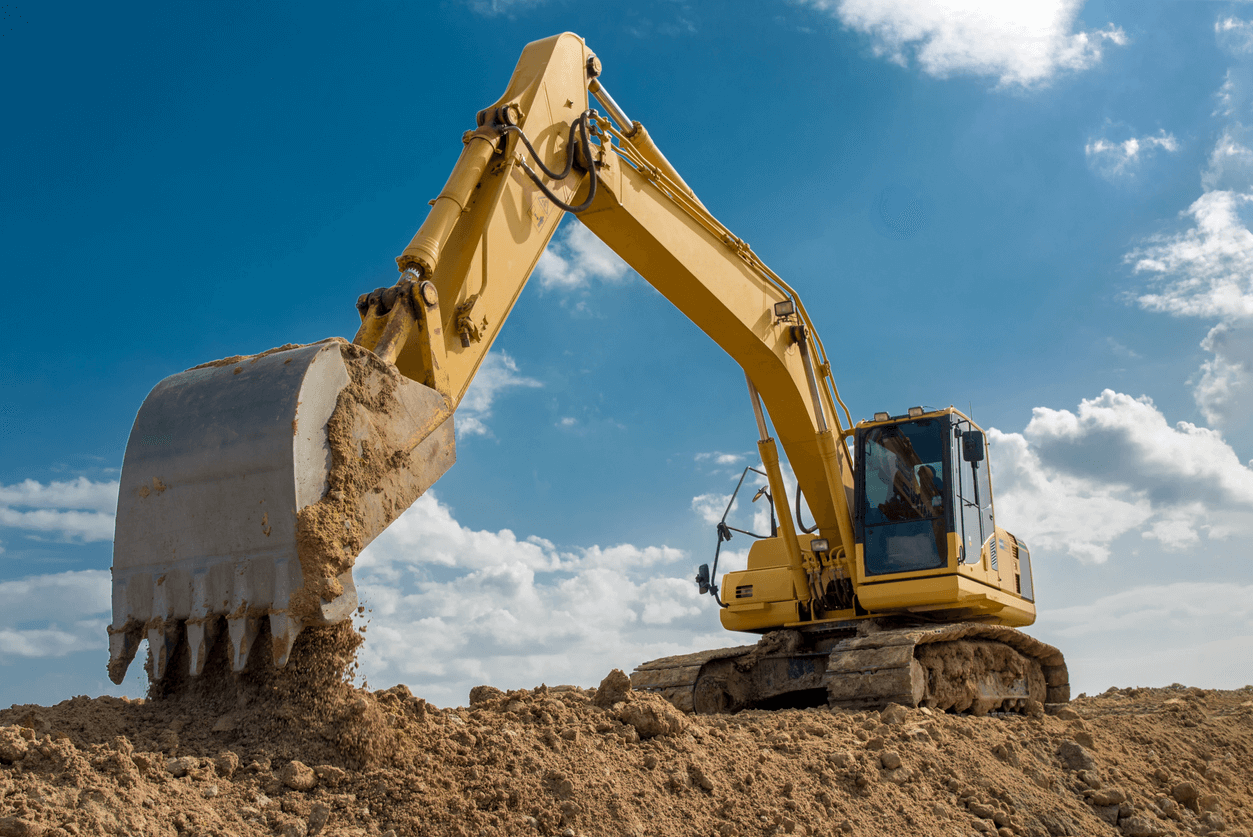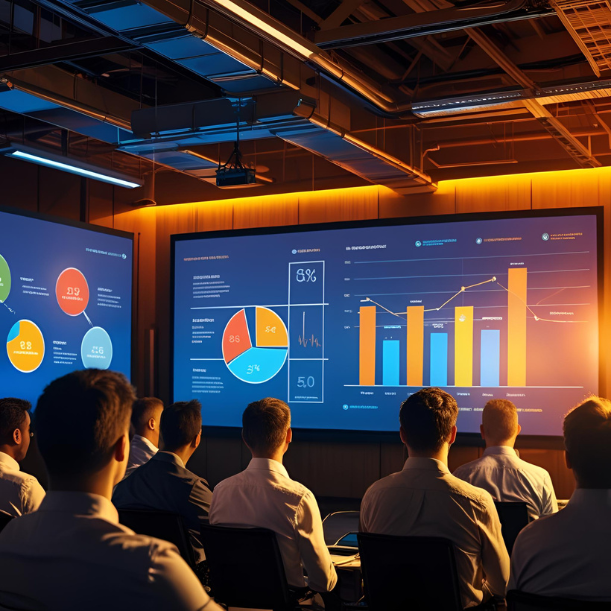The heavy machinery sector stands at the crossroads of tradition and innovation. As India marches towards becoming a manufacturing powerhouse, the key lies in bridging the gap between academia and industry. The India Decoding Jobs 2025 report provides a strategic framework to understand these shifts and prepare India Inc for future employment challenges and opportunities.
One of the biggest hurdles we face today is the gap between what colleges offer in terms of learning and what skills the industry needs to get the work done in the heavy machinery industry. Traditional academic programs often fall short in providing the hands-on experience needed for modern engineering roles. While the National Education Policy emphasizes the importance of experiential learning and apprenticeships, the execution has been uneven.
To truly bridge this divide, educational institutions and industry players need to collaborate more closely, ensuring that academic curricula are in sync with the latest technological advancements and evolving market demands.
With insights from over 200 talent leaders and policymakers, the India Decoding Jobs Report aims to guide businesses in preparing for the job market’s evolution.
 />
/>




